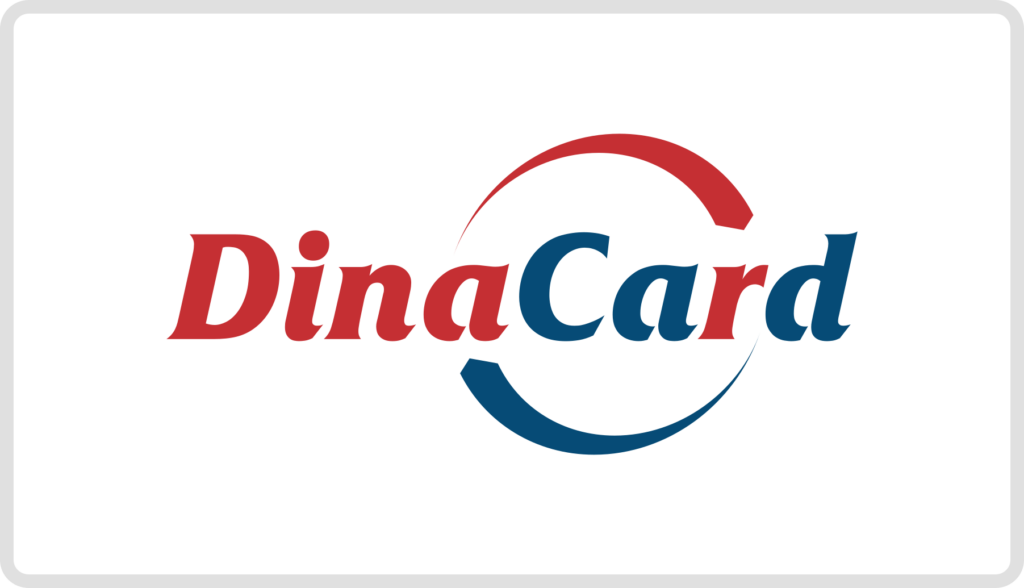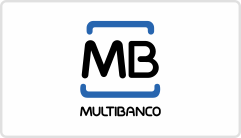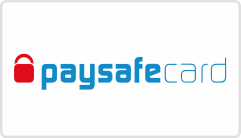17 Jan

Ecommerce businesses often face a common dilemma: website traffic is up but sales are not. One of the reasons for this could be abandoned cart. Abandonment can occur at different stages of the buying process, such as cart abandonment and checkout abandonment. It’s important for ecommerce businesses to understand the difference between the two and take necessary measures to reduce abandonment.
Understanding the Difference Between Abandoned Cart and Checkout Abandonment
Cart abandonment occurs when a shopper adds an item for purchase to their cart, but then drops without completing the purchase. On the other hand, checkout abandonment is when a customer that has initiated the checkout process does not complete the purchase. There could be many reasons why a shopper may not complete a purchase. For example getting distracted or second-guessing their decision.
Easier Shopping, Easier Paying
To reduce abandonment, it’s important to create a seamless user experience that makes it easy for customers to shop and pay. This can be achieved by understanding the buyer’s journey and identifying areas of friction. For example, during the pre-purchase stage, a shopper’s journey starts with a search or engaging with an advertisement. The shopper chooses to visit your online store to see what you sell, perhaps starts poking around and looking at your other products to see if you have something they want at a price they are comfortable with. If the shopper is interested enough in an item (or service), they’ll click to add to their shopping cart. For this entire section of the journey, your site needs to follow general best practices. Those are as easy navigation, clear and simple user interface, attractive and helpful images, and fast loading content.
Identifying Friction Points and How to Address Them
The checkout stage can be a potential area of friction as the shopper needs to enter their shipping and payment information. This process can also involve selecting a different currency, adding any coupons or discounts, and clicking agreement boxes. The tension here is that the more you ask of your shopper, the more friction you’re introducing in the purchase process. To mitigate checkout abandonment, ecommerce businesses can implement features such as shopping cart abandonment programs. These apply advanced personalization to truly understand who your shopper is, what had interested them and where best to reach them.
Abandoned Cart No More
In conclusion, understanding the difference between cart and checkout abandonment is crucial for ecommerce businesses to improve their sales. By identifying areas of friction and implementing necessary measures, businesses can create a seamless user experience that increases conversions. It’s important to actively manage both cart and checkout abandonment to ensure a smooth buying process for the customers.





























